Music is a universal language that has the power to connect people from all walks of life. Having a dedicated space to record and create music can make all the difference in the world. So, how can you build your own music studio?
This might seem daunting, but with the proper knowledge and planning, anyone can create a space that inspires creativity and produces high-quality recordings.
From soundproofing to equipment selection, there are many factors to consider when building a music studio. So, what does it take to build a music studio? Let’s find out.
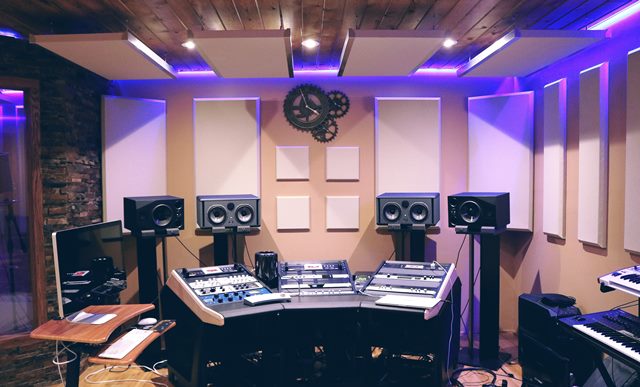
Steps to Follow to Build a Music Studio
If you have dreams of building a music studio, we’ve outlined some actionable tips that can help you along the way.
Planning to Build Your Music Studio
Like every other successful project in life, the first step is planning. Here are pointers to note in your plan to build a music studio:
Identifying the Purpose of the Studio
Innovative Tech Solutions, Tailored for You
Our leading tech firm crafts custom software, web & mobile apps, designed with your unique needs in mind. Elevate your business with cutting-edge solutions no one else can offer.
Start NowBefore you begin planning, you need to identify the purpose of your music studio.
Is it for recording, mixing, mastering, or all three? Will it be used for solo work, or will multiple people simultaneously work in the space?
The answers to these questions will help you decide what kind of equipment, soundproofing, and acoustic treatment you need.

Assessing the Available Space
Once you know the purpose of your studio, you need to assess the space available. This includes measuring the room’s dimensions, determining the height of the ceilings, and identifying any structural features that may affect the sound quality.
You must also consider factors such as lighting, ventilation, and electrical outlets.
Creating a Budget
This will help you determine how much money you can spend on construction, equipment, and other expenses. You should also consider the cost of soundproofing, acoustic treatment, and other upgrades.
Read: What does Alternative Music mean?
Choosing the Right Location
Choosing the right location for your music studio is extremely important. Ideally, the space should be isolated from external noise sources such as traffic, airplanes, or neighbors. It should also have easy access to power outlets and proper ventilation.
Additionally, you should consider the proximity of your studio to other spaces. For instance, if you are building your studio in your home, you may want to keep it away from the main living areas to avoid disturbing others. You may also want to consider soundproofing between the studio and other rooms in the house.
Once you have identified the purpose of your studio, assessed the available resources, created a budget, and chosen the right location, you can begin the construction process. However, remember that planning is an ongoing process and that adjustments may need to be made as construction progresses.
Soundproofing
Soundproofing is important in any attempt to build a music studio. It should be considered from scratch. Here are soundproofing tips that can help you:
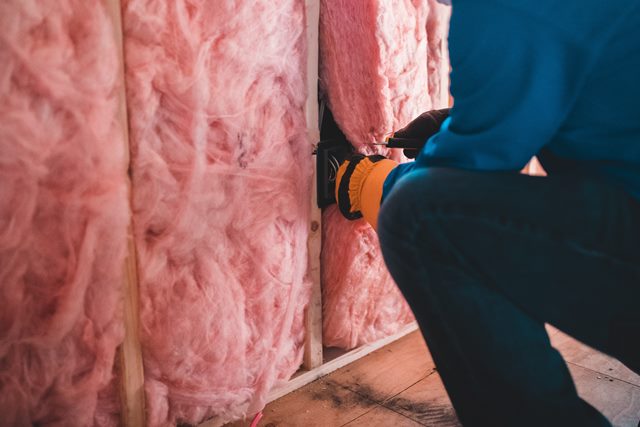
Seamless API Connectivity for Next-Level Integration
Unlock limitless possibilities by connecting your systems with a custom API built to perform flawlessly. Stand apart with our solutions that others simply can’t offer.
Get StartedUnderstanding the Principles of Soundproofing
Soundproofing uses materials that absorb, reflect, or deflect sound waves. The goal is to prevent sound waves from passing through the studio’s walls, floor, ceiling, or doors. This is accomplished by creating a barrier that blocks the transmission of sound waves.
Selecting the Right Materials
When it comes to soundproofing a music studio, a variety of materials can be used. The most common are mass-loaded vinyl, acoustic foam, fiberglass insulation, and mineral wool. These materials can be used in a variety of ways to achieve different levels of soundproofing.
Installing Sound-Absorbing Panels, Acoustic Foam, and Bass Traps
In addition to creating a barrier to prevent sound transmission, it is also essential to install materials that absorb sound within the studio. This includes sound-absorbing panels, acoustic foam, and bass traps.
- Sound-absorbing panels are typically made of fiberglass or mineral wool and are designed to absorb sound waves as they pass through the material. They can be mounted on walls, ceilings, or doors to help reduce the amount of sound that enters or leaves the space.
- Acoustic foam is another popular material used for soundproofing music studios. It is lightweight and can be easily mounted on walls or ceilings. Acoustic foam is designed to absorb high-frequency sound waves and can help to reduce echoes and other unwanted noise within the studio.
- Bass traps are designed to absorb low-frequency sound waves. They are typically made of foam or fiberglass and are placed in the corners of the room where bass frequencies tend to accumulate.
Sealing Air Leaks
Air leaks can allow sound waves to pass through the studio’s walls, ceiling, or floor. Sealing air leaks can be accomplished by using weather stripping or caulking around windows, doors, and other openings.
Read: How to Build a Music Record Label
Equipment for Your Music Studio
Is there a music studio without the right equipment? If you’re just starting, getting every piece of equipment from scratch might be difficult. But there are necessary tools and software that are essential to a smooth experience for anyone using the studio.
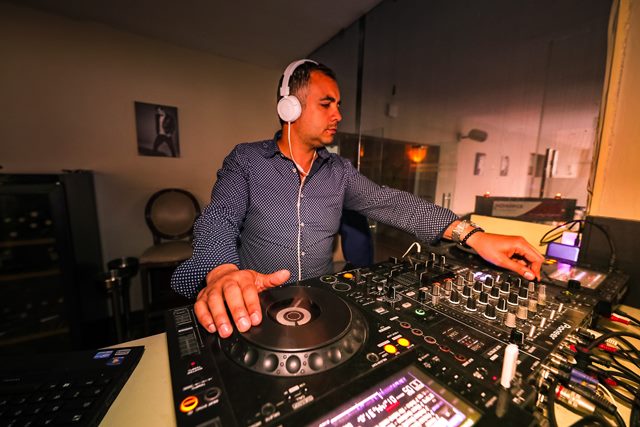
Below are some of them:
Transform Business with Custom CRM & ERP Solutions
Elevate your operations with a CRM or ERP tailored for you. Let’s build the perfect solution that others can't replicate—crafted to match your business's needs like no other.
Get StartedRecording Equipment
Recording equipment is used to capture sound in the studio. This includes microphones, preamps, and audio interfaces.
Microphones capture sound from instruments, vocals, or other sources. Preamps amplify the signal from the microphone, while audio interfaces allow you to connect your recording equipment to your computer or other recording devices.
Mixing Equipment

Mixing equipment is used to combine and manipulate recorded tracks. This includes mixers, equalizers, compressors, and effects processors.
Mixers allow you to adjust the levels and panning of individual tracks, while equalizers are used to adjust the frequency response of each track.
Compressors control the dynamic range of a track, while effects processors add reverb, delay, or other effects to a track.
Monitoring Equipment
Monitoring equipment is used to listen to the sound being produced in the studio. This includes speakers, headphones, and amplifiers. Speakers are used when listening to the final mix, while headphones are used for monitoring individual tracks. Amplifiers are used to power speakers and headphones.
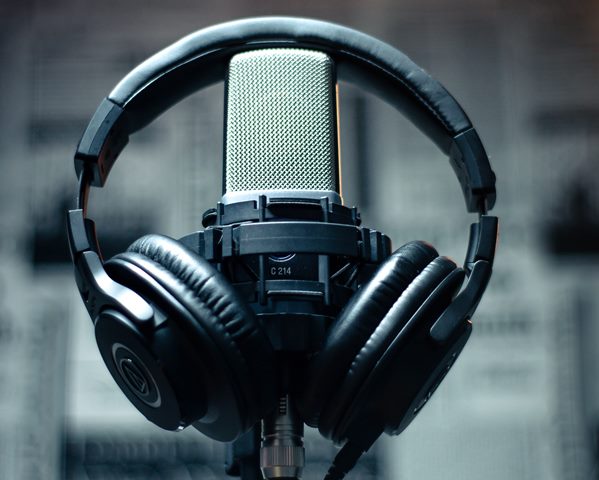
Instruments
In addition to recording and mixing equipment, you may also need instruments for your music studio. This includes guitars, keyboards, drums, and other instruments. The specific instruments you need will depend on the type of music you are producing.
Cables and Accessories
Tailored Tech Solutions to Drive Your Business Forward
Maximize your business potential with custom tech strategies. We deliver bespoke solutions that others can’t match, designed to solve your specific challenges with precision and impact.
Contact UsFinally, you will also need cables and accessories for your music studio. This includes microphone cables, instrument cables, power cables, and stands for microphones and instruments. These small items may seem insignificant, but they are essential for ensuring that your studio runs smoothly and efficiently.
Read: The Rise of Streaming Services and Their Impacts on the Music Industry
Final Touches
At this point, your studio is already taking shape. But the journey is not complete. You still need to add certain elements to build a competitive music studio.
Adding final touches complete the space and make it functional and comfortable for its users. These details can make a significant difference in the overall look, feel, and functionality of the studio.
Here are things to consider:
Lighting
Proper lighting can help reduce eye strain and fatigue and create a comfortable and welcoming atmosphere. Natural light is ideal, but artificial lighting can be used if it is not possible to have windows in the studio. The key is to provide even lighting that does not create harsh shadows or glares.
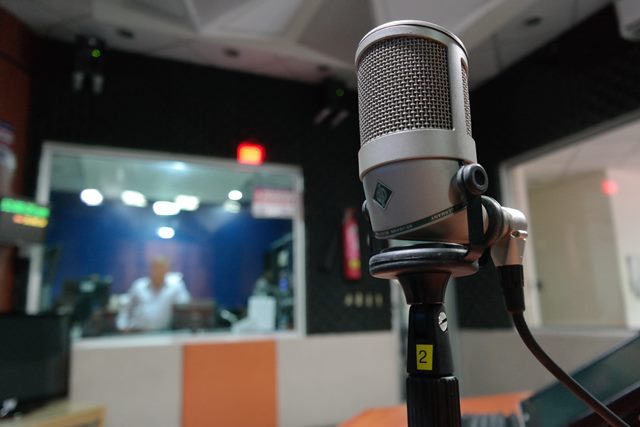
Furniture
Furniture is another important aspect of a music studio. It should be comfortable and functional and complement the overall design of the space.
Chairs and couches should be comfortable for long periods of sitting and should provide adequate support for the back and arms. Desks and workstations should be sturdy and provide ample workspace.
Storage
Instruments, equipment, and accessories can take up a lot of space. Therefore, it is vital to have adequate storage solutions to keep everything organized and easily accessible. Shelves, cabinets, and storage bins can keep items off the floor and out of the way.
Decoration
The decoration is the final touch that can bring a music studio to life. Wall art, posters, and other decorative items can add personality and style to the space.
They can also create a comfortable and inspiring atmosphere for musicians and producers. The key is to select items that complement the space’s overall design and reflect its users’ interests and personalities.
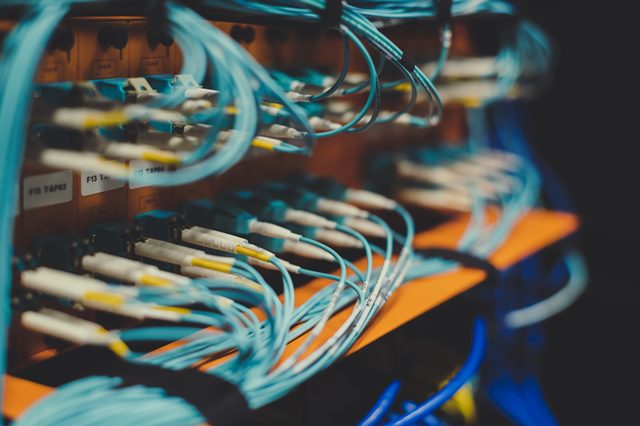
Maintenance
If you don’t maintain your music studio, you’ll have to build another one sooner or later.
Maintaining a music studio helps in ensuring that it continues to function properly and provides a comfortable and productive environment for its users.
Regular maintenance can help extend the equipment’s lifespan, reduce the risk of malfunctions and breakdowns, and ensure that the space remains clean and organized.
Below are the most important studio maintenance aspects that should not be overlooked:
Equipment Maintenance
Equipment is the heart of any music studio, and regular maintenance helps for keeping it in top condition. This includes cleaning and dusting equipment, checking for loose connections, and ensuring that cables and cords are in good condition.
Environmental Maintenance
Environmental maintenance also ensures a music studio remains comfortable and productive. This includes maintaining a comfortable temperature and humidity level and ensuring that the space is free of excessive noise and vibrations.
If the studio is located in a noisy or busy area, installing soundproofing and acoustic treatments may be necessary to reduce outside noise and vibrations.
Cleaning and Organization
Keeping a music studio clean and organized is undoubtedly the best, as it helps create a productive and inspiring space.
This includes regularly cleaning floors, walls, and surfaces, as well as keeping instruments, equipment, and accessories organized and easily accessible.
Regular cleaning and organization can help to reduce clutter, prevent damage to equipment, and create a more inviting and inspiring space.
You don’t have to wait until something goes wrong before you maintain it. Scheduling preventive maintenance can save you from embarrassment, cut costs, and increase the lifespan of your tools.
By taking a proactive approach to maintenance, you can reduce the risk of unexpected breakdowns and ensure that your music studio remains safe, always.
Before you go…
Hey, thank you for reading this blog to the end. I hope it was helpful. Let me tell you a little bit about Nicholas Idoko Technologies. We help businesses and companies build an online presence by developing web, mobile, desktop, and blockchain applications.
We also help aspiring software developers and programmers learn the skills they need to have a successful career. Take your first step to becoming a programming boss by joining our Learn To Code academy today!











